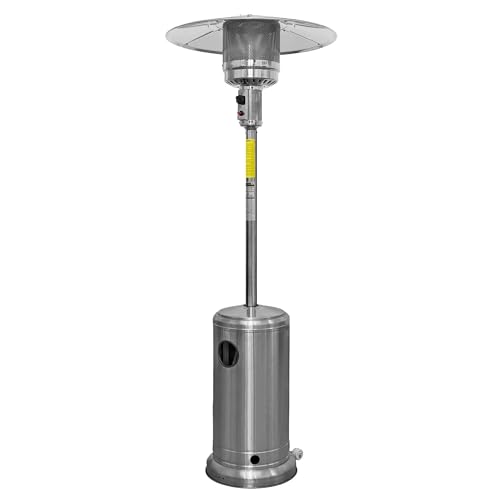Cheap Patio Gas Heaters
Patio heaters are available in many different styles and sizes. Some patio heaters are wired and require professional installation. Others use natural gas or propane to warm your patio.
The neat, mobile gas cylinders are available in sizes ranging from 5kg green patio bottles to 13kg red propane cylinders. They are compatible with standard BBQs as also mobile heaters as well as Ooni Pizza Ovens.
Cost
outdoor gas patio heater Fireplaces And Stoves of a gas heater for your patio to your home or business will add value and increase the number of people who use your outdoor space. It's a much less expensive alternative to other outdoor heaters, such as wood-burning firepits or propane heaters. A gas heater for patios can also be used indoors to provide a warm and cozy environment in the winter.
Costs for gas for patios vary based on the size and model of your appliance. For example, a 5-kg bottle of gas for your patio will cost around PS28. This includes a 27mm clip-on regulator that works with the majority of barbecues and patio heaters. Some patio heaters may require an additional regulator.
The best propane gas container for tabletop heaters pizza ovens, and BBQs is a cylinder. It is not odorless and cost-effective. It is also easy to store and transport. Most propane-powered appliances are durable and safe. They can last a long time and are an excellent choice for businesses and homeowners who want to cut costs on heating expenses.
Propane is an environmentally friendly clean-burning fuel that can be used to heat as well as cooking applications. It is also cheaper than electricity and requires less maintenance. It is also less affected by oil price spikes.

Efficiency
The use of gas patio heaters is a great method of heating an outdoor space. They can generate powerful heat output and can quickly heat an area of up to 215 feet. They are not installed and can be easily moved. You can also switch them on and off by using a remote control or timer. Some models have an automatic shutoff feature which prevents accidental fires.
When it comes down to choosing gas types, there are two options that are available: propane and butane. Both are LPG however they differ in their boiling point as well as speed and temperature, with butane being more cold than propane. Butane, also known as "patio gas" is usually stored in green cylinders. Propane is stored in containers of red. Both types of gas are compatible with all barbecues that are standard and patio heaters and are available at a majority of garden and home centers.
Patio gas bottles are designed to fit into your heater or BBQ and are available in a range of sizes ranging from 5kg to 13kg. Some have an indicator to notify you when the gas is low. They are compatible with standard BBQ regulators. You can save money by using butane instead of propane. The majority of appliances are able to be converted to run on either fuel.
Butane is most efficient in warmer temperatures. It is a good option for BBQs, portable heaters and camping gas stoves. However, it is less efficient in winter months since it doesn't flow at low temperatures. It is a fuel that is low in toxicity and has a minimal carbon foot print. This is a great choice for those who care about the environment.
It is important to read and follow the instructions that are provided by the manufacturer when using an appliance for heating your patio with gas. It is crucial to follow the manufacturer's guidelines to avoid poisoning with carbon monoxide. Additionally the appliance is not recommended to be exposed to naked flames and high temperatures. Patio heaters should be placed in areas with adequate ventilation, and should not be used indoors.
Safety
It is essential to consider the safety of using propane gas on your patio or hearth. These safety precautions include safe handling and storage, the use of Personal Protective Equipment (PPE) and establishing emergency procedures. For instance, cylinders need to be stored in a designated location away from ignition sources and should not be moved. Gas should be shut off and personnel evacuated if there is evidence of leakage. Additionally the cylinders should be clearly labeled with their contents and supplier information. They should also have a valve that is able to be opened by hand with no force.
